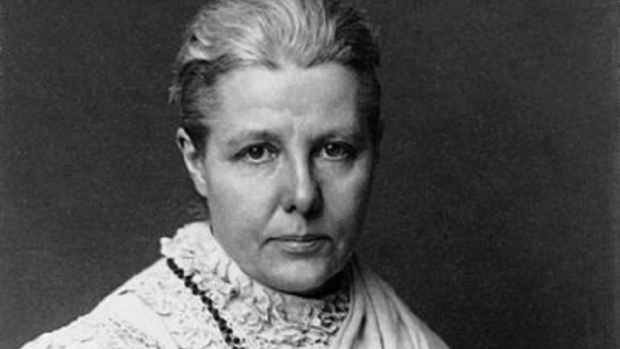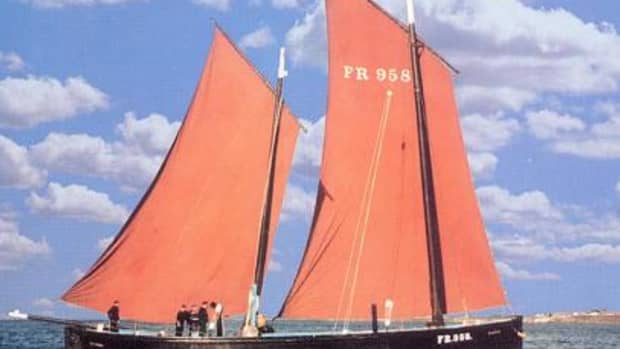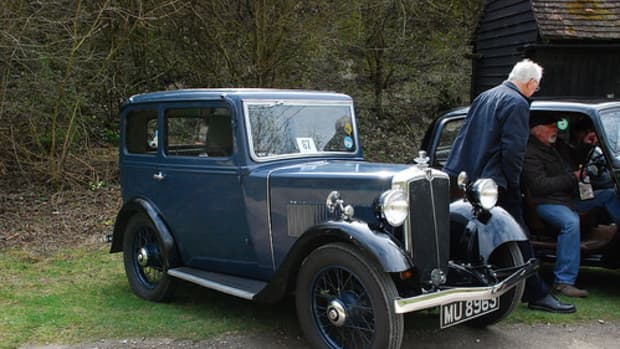The Mysterious Princess Caraboo

The Princess Caraboo story
Nathan Cooper Branwhite from Wikimedia Commons (Public Domain); Canva
A Mysterious Woman in a Turban
The village of Almondsbury, Gloucestershire, England, is not often visited by exotic strangers, even less so in the 19th century. So, when a raven-haired beauty in a turban turned up in April 1817, she caused quite a stir. She appeared disoriented and spoke a language nobody could understand. Who was this woman?
The Georgian English Village
Picture, if we can, the typical English village into which Princess Caraboo wandered that spring day in 1817. We can turn to the paintings of George Morland for some visual evidence of how people lived.
Their homes were simple cottages with thatched roofs, and they shared their dwellings with the animals they raised, such as pigs and chickens.
Beyond the village vicar and the local squire, few people would have been able to read or write. Almost everybody would have been involved in agriculture, and they likely clung to many of the superstitions from earlier ages.
Then suddenly, into this undisturbed bucolic place, a curious creature showed up, the like of which nobody had ever seen before. She was bound to be something of a sensation.
Language Difficulty
The first to encounter the princess was the village cobbler and his wife. They could not understand her and thought she might be a beggar. There were plenty of such people around following the Napoleonic Wars, and they weren’t popular.
Standard procedure was to put them in prison or the workhouse. A few were shipped off to Australia.
The cobbler decided to take her to the Overseer of the Poor, Mr. Hill. The Overseer decided to go further up the chain of command and took the young woman to Samuel Worrall, the country magistrate.
The Worralls had a Greek butler, perhaps he would understand the woman’s language, but he couldn’t. The magistrate had reservations about her but decided she was something other than a common beggar, so the family took her in.
Princess Caraboo Is Named
The woman had in her possession a few halfpennies and a counterfeit sixpence. Holding bad coinage was a serious offence, but in her case, this was overlooked. Her hands were soft and appeared unused to hard work, and her fingernails were well looked after.
She kept pointing to herself and saying “Caraboo,” so Mrs. Worrall decided that must be her name. She refused to eat meat and only drank tea or water.
However, the Greek butler was suspicious about Caraboo and passed his concern on to Magistrate Worrall, who decided to take her to nearby Bristol to be tried.
The Mayor of Bristol, John Haythorne, was as baffled as everybody else because he could not understand a word she spoke. Haythorne sent her to St. Peter’s Hospital, a filthy and overcrowded place, while further inquiries were made.
Recommended
Anytime a foreign visitor was in town, and Bristol being a major port city, there were plenty of these, they were brought to meet Caraboo. They all drew a blank until a Portuguese sailor named Manuel Eynesso said he could understand her.
Caraboo’s Story
Eynesso said that Caraboo was the daughter of a high-ranking family that lived on an island called Javasu in the Indian Ocean. They had a beautiful garden, with peacocks, and she was carried on the shoulders of servants. She was, in fact, a princess.
One day, pirates attacked the island and carried off Princess Caraboo. For weeks she was held captive on the pirate ship until one day, they sailed close to a coastline. She jumped off the ship, she said, and swam ashore. She didn't know where she was, but it was southwest England.
After wandering about for several days, she ended up in the village of Almondsbury, Gloucestershire.
The story captured the public's imagination, and she was taken back to the Worralls home and treated like royalty.
Author Brian Haughton notes that “She fenced and used a home-made bow and arrow with great skill, danced exotically, swam naked in the lake when she was alone, and prayed to her supreme being ‘Allah Tallah’ from treetops ... ”
She became a national sensation. Artists came to paint her, and newspaper reporters wrote her life story, which turned out to be bad for Princess Caraboo.
The Unmasking of Princess Caraboo
Her notoriety spread, and one day, someone recognized her. A Mrs. Neale in Bristol stepped forward. She ran a lodging house, and Princess Caraboo had worked there, she said, entertaining young visitors by speaking in a strange tongue.
She wasn’t of regal blood, said Mrs. Neale, she was Mary Baker, the daughter of a cobbler in Witheridge, Devon.
Confronted with this story and other evidence, Mary Baker broke down and confessed to being an imposter. It seems quite likely that Manuel Eynesso was an accomplice (lover?) brought in to give credibility to Mary’s yarn.
So, she had to be got rid of. She was put on a boat for America, where enthusiastic crowds greeted “Princess Caraboo.” After a brief time in the limelight, she disappeared from view.
She turned up back in England in 1824 and tried to cash in on her fame as a fake princess, but the public was not interested. She married, had a daughter, and lived a quiet life in Bristol, making a living by importing leeches that she sold to the local hospital. She died in 1865 at the age of 75 and was buried in an unmarked grave.
Bonus Factoids
- A British reporter, not content with an already intriguing narrative, concocted an even richer tale for American consumption. The ship carrying “Princess” Caraboo had been blown off course to St. Helena. Maybe newspaper readers of the day had little grasp of geography, but such a failure of seamanship would have required sailing in the wrong direction for more than 6,000 km. It gets better or, perhaps, worse. At the time, Napoleon Bonaparte was imprisoned on St. Helena to keep him from causing any more mayhem. The reporter recounted how the princess rowed ashore to meet the former emperor, who fell for her charms and proposed marriage. She turned him down and continued on her journey to America. This creatively implausible story has been repeated as fact by several subsequent chroniclers of Princess Caraboo.
- Despite Princess Caraboo’s claims to having an origin in the East Indies, nobody seemed to notice that she had distinctly European colouring and features. The eye often sees what it wants to, not what is really there.
- In 1994, a movie starring Phoebe Cates in the title role was made about Princess Caraboo.
Sources
- “The Curious Story of ‘Princess Caraboo,’ Who Came to Bristol in 1817 Saying She Was Royalty From an Island in the Indian Ocean.” Stefan Andrews, The Vintage News, December 17, 2017.
- “The Princess Caraboo Hoax.” Brian Haughton, Mysterious People, 2002.
- “Caraboo.” Devonshire Characters and Strange Events, 1908.
- “Princess Caraboo.” Museum of Hoaxes, undated.
- “Bristol’s Princess Caraboo.” Brian Haughton, BBC, undated.
More Imposter Stories
- Gregor MacGregor: The Masterful Con Man
Roll up! Roll up! Buy your piece of Eden while it’s still affordable. - The Tichborne Claimant: Baronet or Butcher
In 1854, Roger Tichborne was lost at sea. His mother refused to believe her son was dead and embarked on a campaign to find him.
This content is accurate and true to the best of the author’s knowledge and is not meant to substitute for formal and individualized advice from a qualified professional.
© 2018 Rupert Taylor









